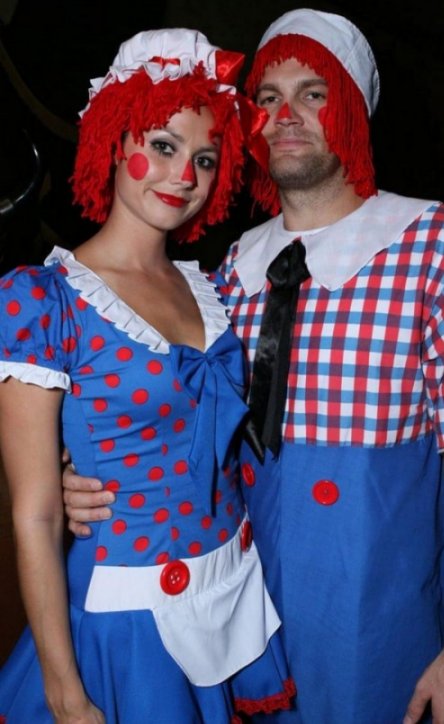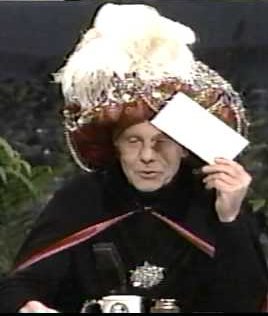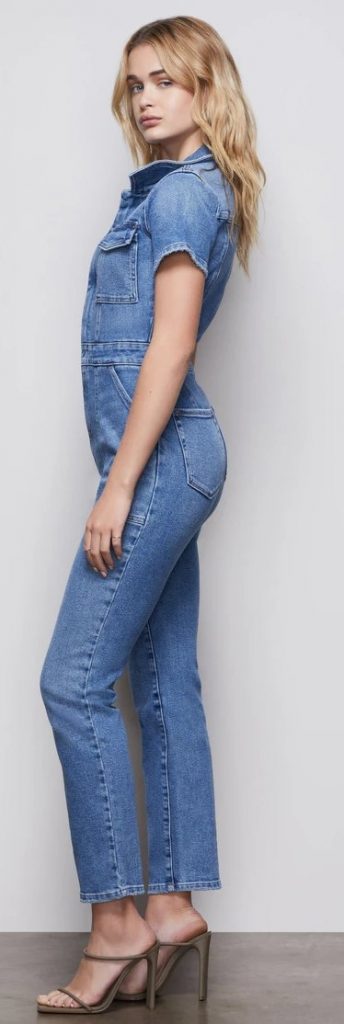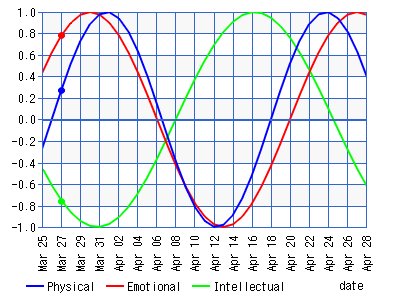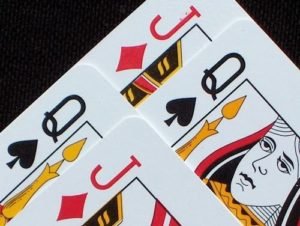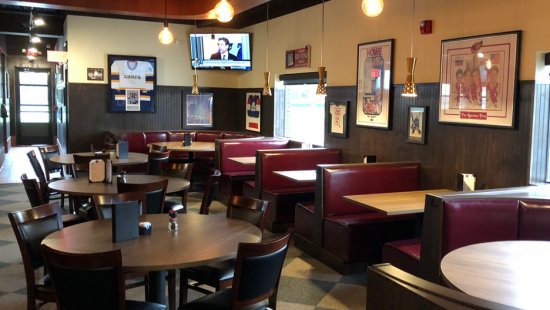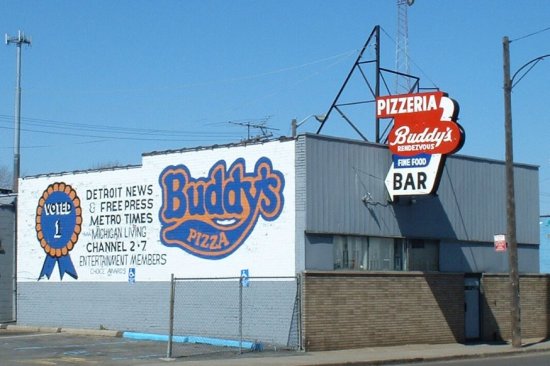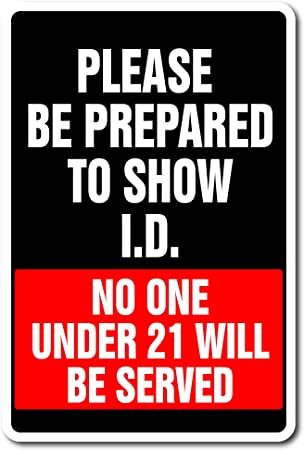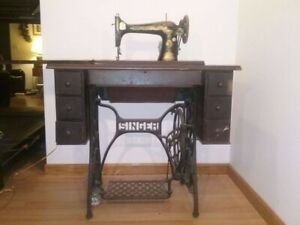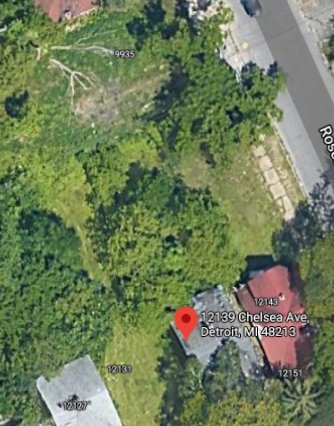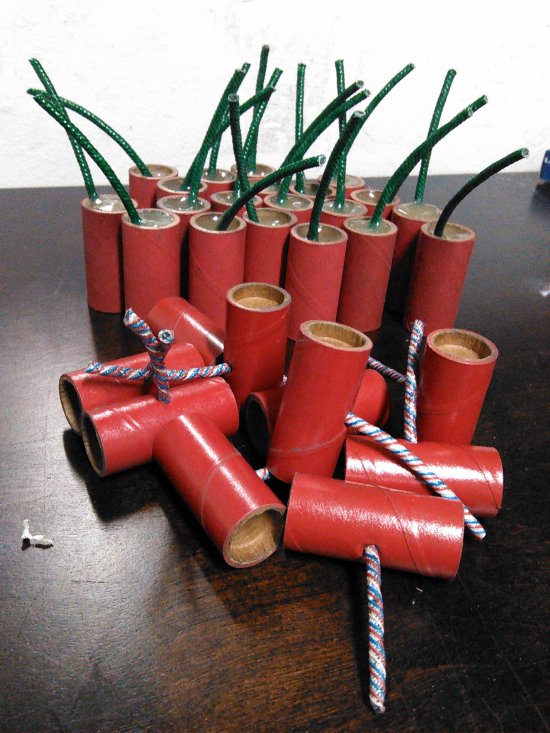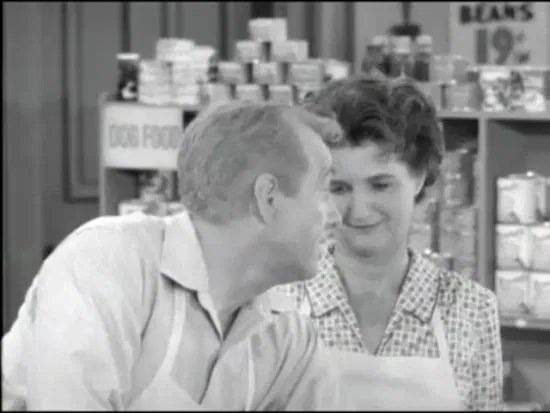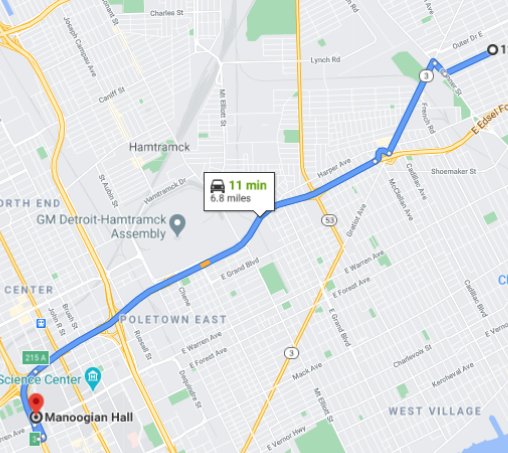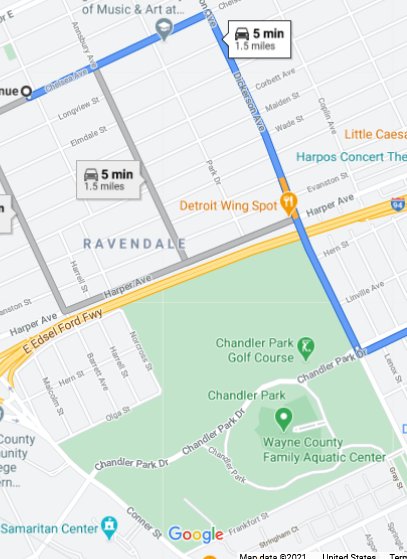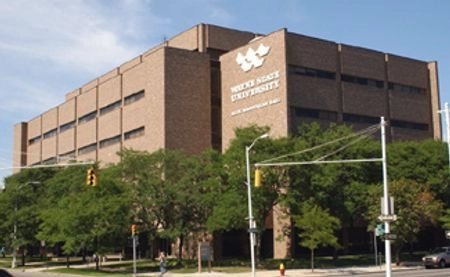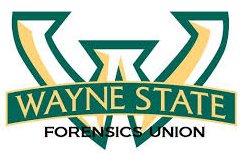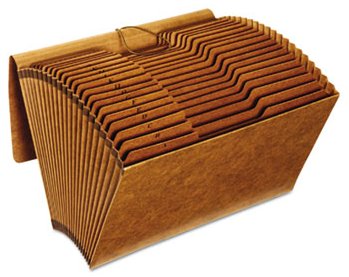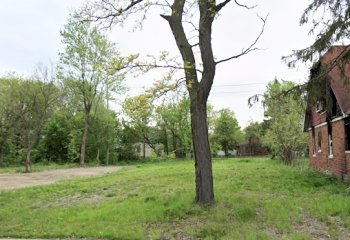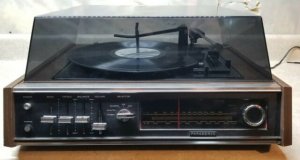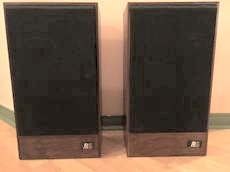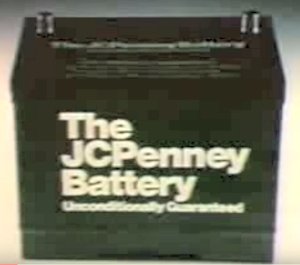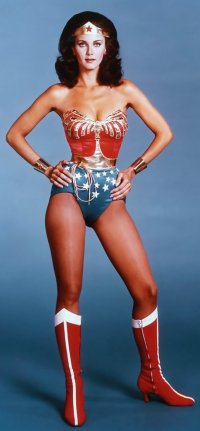Gatherings in and around the Forensics Union. Continue reading
The social life at Wayne State was far more active than at U-M. In point of fact there was no social life at U-M to speak of. At Wayne there were highly organized activities, spontaneous activities, and pretty much every level in-between.
The outing to Camp Tamarack, a resort/campground in Ortonville, MI, had been an annual event at Wayne State every year through 1977. Occasionally it was held somewhere else, but even those weekends included many of the same activities.
We drove up in a few vehicles on a Friday in October, had some social activities in the evening, slept overnight, worked on research for most of the day on Saturday, and returned to Detroit on Saturday evening. When the tradition started, the debaters had stayed two nights.
As I remember it, perhaps twenty-five or thirty people attended the event in 1977. The main social activity on Friday evening was a scavenger hunt, the highlight of which was described here. In previous years George had led the group on a midnight hike. I don’t remember that at all. If it occurred, I think that I opted to turn in early.
The event was a good opportunity for the novices and the experienced kids to get to know one another in an nonthreatening setting. There were also some sporting events. I seem to remember a co-ed volleyball game.
To my surprise the food served was kosher. Jack Kay had to explain the rules to everyone.
For some reason George Ziegelmueller decided not to sponsor this activity in 1978 and 1979. I wasn’t officially coaching in 1980, but I don’t remember the FU going there that year either.
In 1978 and 1979 I led one-day research trips to Ann Arbor. There wasn’t much socializing, but we did all eat lunch together. I should have taken them to Krazy Jim’s Blimpy Burgers, but I did not think of kt.
There was a Halloween Party in the FU lounge in 1978 and possibly in 1979. I remember that Pam and Billy Benoit came dressed as Raggedy Ann and Andy and won an award for the best costume. Vince Follert won an award for having the most outrageous costume. I don’t remember what it was.
I probably came as a soldier (I still had my combat boots, olive drab jeans, and field jacket) or a cowboy (boots and hat). I am sure that I did not make or buy a costume.
I remember Kent Martini and Linda Calo wearing naked-person costumes. Kent was the woman and Linda was the man. They did not win an award in 1978, and so I assume that this was in 1979. It might have been at an unofficial party. George might not have been amused. In 1980 Sue and I drove to Brooklyn for Halloween. I don’t remember whether Wayne State had a party that year or not.
A banquet was held just before the Christmas break every year. We all ate somewhere in Manoogian Hall. In 1977 the theme for the supper was Chinese. Debby McCully and her colleagues at the Golden Mushroom restaurant served the meal.
At these events some of the staff members did skits. I remember that I performed the world’s worst magic act as Wavada the Weird. I did a mind-reading act with a see-through blindfold. I think that I threw a few cards, too. My big trick was to pull a rabbit out of the cardboard box that contained the hanging files for each FU member. I showed the box to the audience, and it really did look empty except, of course, for the hanging files. I then gave voice to the proper incantation and pulled a “rabbit” out of the box.
The rabbit was actually Charlie, one of our long-haired guinea pigs, with a pair of long ears attached to his head. Everyone hated W the W, but Charlie was a big hit.
I don’t remember much about the other Christmas parties. I do remember that Jack Kay (one of the very few Jews in the program) liked to play Santa. However, his ho-ho-ho was pathetic. So, I boomed out a hearty laugh from the hallway just before he entered.
The biggest social event of the year was the DSR-TKA1 (pronounced DISS er tick uh) Banquet, which was held every spring a few weeks after NDT but well before final exams. In 1979 the group of new inductees into the fraternity included me, Vince Follert, Ruth Colwander, Scott Harris, and a few other people. We were expected to put on a skit. Vince wrote most of the script for ours. It loosely revolved around the Tonight Show. Scott was Johnny Carson; I was Ed McMahon. Scott did a Carnac the Magnificent routine with envelopes that I handed him.
Then the show stopped for a commercial for Debbie Debater Dolls. I was responsible for this part of the script. Ruth came on stage wearing Debbie’s trademark outfit, a blue denim pantsuit. It hung a little loose on Ruth’s wiry frame. I described all of the features of the doll, and Ruth robotically imitated Debbie’s debate mannerisms, saying “Moreover” again and again.
When I spoke the line that began with “Fully inflatable…”, I paused for a beat, peaked behind Ruth, and added a clause that I had left out of the script2: “although this model does not appear to be fully inflated.” Even Ruth cracked up when I did this.
I had two other short roles. I appeared as Andre Debuschere with a tie that almost reached my knees. I also had one singing line in a sketch that Vince wrote about something debate-oriented (I don’t remember what it was). I belted out in the lowest register that I could handle “For he could not ,,, our spread defeat” to the tune of the “For we like sheep” section of George Frideric Handel’s Messiah.
The crowd loved our skit. I must have attended two more banquets in 1979 and 1980, but I don’t remember them. I suspect that their skits did not measure up to ours.
This was a very good way to end the year. It made everyone feel like they were part of a family. We only met socially a few times a year, but everyone had a warm feeling for the others in the FU.
We also had fundraising events every year. We set up a table in the elevator lobby of Manoogian Hall. In 1978 we sold crepes. Sue Comparetto came in to help out. The other primary inhabitants of the building were the foreign language departments. They were very tough competition. They usually sold bratwursts and knackwursts. Both were absolutely delicious.
I thought about bringing in our 5120 computer and printer in 1980. It came with a program that print out a 30-day biorhythm graph for someone. The only input required was a birth date and the current date. I thought that people might be willing to pay a couple of bucks for that. It was completely bogus, but I thought that people might be intrigued. At the time biorhythms were a novelty.
I did not suggest this because the computer and printer would have taken up too much space. We only got one table. Also, the machines both weighed a ton. The latter probably would not have been a problem. If I said that no one could carry them from the car to the lobby, Scott would have carried them both in at once to prove me wrong.
Every year George had a pinochle party. I played a little when I was an undergraduate, but it did not take me long to get back up to speed. There was often a game in progress in the lounge, and I sometimes sat in. I considered pinochle as bridge for idiots.
In 1979 I was playing in a game in the lounge; one of the novices, Steve Rapaski, was my partner. He played so badly that I wrote up an affidavit for him in which he promised never to play pinochle again. I coerced him into signing it.
A few weeks later George announced the pairings for the party. My partner was Steve. I told him relax and have a good time. Wouldn’t you know it? We won first prize.
There were many impromptu outings. The question was usually Buddy’s or Shield’s? They both had absolutely great pizza at a reasonable price. It was usually a tough decision, but neither choice was ever a bad one.
Shield’s was Dick Vitale’s favorite restaurant. He was a flop as the coach of the Pistons, but he had been very good at U of D. He had not become a TV star yet, but he was a big celebrity in Detroit, baby. If we went to Shield’s, we might see him. The atmosphere there was very cordial.
Buddy’s was more of a family place. The atmosphere was not as warm as at Shield’s, but it was larger. There was a better chance that they could find a big table for us.
I actually liked Buddy’s better, but by the thinnest of margins. I have only tasted better pizza once, and that was in Naples.
I have one last story. In the spring of 1979, when I was 31, a group of us went to a bar that was near the campus. When we ordered our drinks the waitress said that she would need to see ID from everyone who did not order a coke.
I sprang to my feet and got out my wallet so that I could quickly retrieve my driver’s license. “Too late to take it back,” I insisted. “You carded me, and I insist on showing my license to you.”
I was pretty certain that this was the last time in my life that someone would question my purchase of an alcoholic beverage. My hair was already at least 10 percent grey.
1. DSR-TKA was (and is) a fraternal organization founded to promote competitive speech events in colleges. I never took it seriously, but George definitely did. In researching for these blogs I came to realize that many of the biggest names in debate were officers of the organization.
2. George insisted on approving the script.


